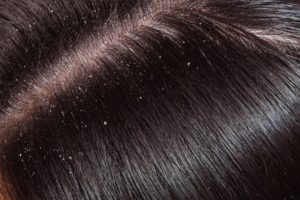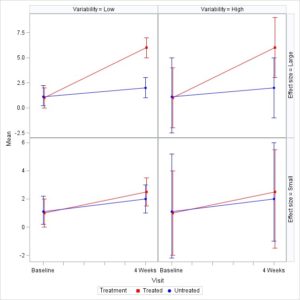Sensitive skin is a term generally used to describe skin with reduced tolerance to the application of cosmetics, temperature changes, pollutants, physical and chemical factors. In surveys, approximately 50% of women and 40% of men reported having sensitive skin. The sensitivity is often related to the face and to a lesser extent to other areas of the body with thinner skin. The signs of sensitive skin are caused by the breakdown of the skin’s protective moisture barrier. The symptoms can subjectively be described as stinging, itching, burning, prickling and tightness and with visible skin changes such as redness, dryness, scaling, peeling, skin bumps, rashes and hives. There are a number of recognised causes of sensitive skin including rosacea, eczema, irritant contact dermatitis, allergic contact dermatitis and dry skin.
Research and Development
Given how common sensitive skin is, the ability to formulate topical products for sensitive skin has become increasingly valuable in the development of cosmetic products. Aside from researching raw materials, skin care companies routinely conduct research studies to investigate if their finished products are well tolerated by adults with sensitive skin on the face. The most important aspect in such research studies is to identify men and women with sensitive skin (the target population) as accurately as possible. Methods to evaluate sensitive skin are generally based on:
- Subjective Evaluation: self assessment questionnaire using a grading method
- Semi-Subjective Evaluation: relies on participant’s report of cutaneous responses to stimuli
- Questionnaire
Skin sensitivity may be defined by a self-assessment questionnaire about the frequency of burning, itching, tightening, scaling, tingling, erythema and other symptoms on the face of volunteers when they are stimulated by environmental temperature change, environmental pollution, seasonal change, use of cosmetic and toiletries. The items of the questionnaire can be scored using a severity scale where the higher the score, the worse the skin condition. Based on the total score of the questionnaire, participants may qualify as having sensitive skin and take part in the study to assess the Study Product.
- Lactic Acid Sting Test
The test with the use of lactic acid was first described by Frosch and Kligman in 1977. Lactic acid is prepared at a 10% concentration in distilled water and then applied on one nasolabial fold at random and a saline solution is simultaneously applied on the other side as placebo. The test is blinded for subjects and evaluation conducted at the start and at multiple timepoints, usually for up to 5 min. The intensity of a self-declared sensation of discomfort including stinging, tingling, itching, tightening, burning, or pain on the site of application is graded using a severity scale and a cumulative score is calculated for all timepoints. Participants who have a positive response to the Lactic Acid according to the criteria defined in the protocol, will be enrolled in the study and will test the Study Product.
Volunteer Safety
Recruitment of volunteers for sensitive skin studies can be quite difficult, as people with sensitive skin usually have a history of skin discomfort caused by creams, serums, lotions, cleansers or soaps and will be reluctant to test products that are different from the ones they are used to. It is important to note that since the safety of volunteers is always taken into proper consideration by researchers, sensitive skin studies usually adopt a step-by-step approach, where only a small section of the skin is tested at first, to minimise reactions or uncomfortable sensations. Only once it has been established that the Study Product doesn’t present a significant risk for the volunteer, then it can be tested on a larger area to assess whether it is well tolerated.
Great potential
Sensitive skin is challenging to manage because discomfort can be caused by some products or environmental conditions and not others. The type and severity of the reaction can also vary greatly. Products specifically designed for sensitive skin aim to defend the skin against the main signs of skin sensitivity including dryness, irritation, roughness, tightness and a weakened skin barrier. However, creating formulations that provide long lasting hydration and reinforce the skin’s natural moisture is only the first step towards developing products that are well tolerated. Human in-vivo studies usually provide a more reliable insight for both product developers and marketers of skin care products targeting sensitive skin. Therefore, more studies should be undertaken to ensure better options for consumers are available on the market.
References:
- Chen W, Dai R, Li L. The prevalence of self‐declared sensitive skin: a systematic review and meta‐analysis. J Eur Acad Dermatol. 2020;34(8):1779–1788. doi:10.1111/jdv.16166
- Inamadar AC, Palit A. Sensitive skin: an overview. Indian J Dermatol Venereol Leprol. 2013 Jan-Feb;79(1):9-16. doi: 10.4103/0378-6323.104664. PMID: 23254724.
- Pan Y, Ma X, Song Y, Zhao J, Yan S. Questionnaire and Lactic Acid Sting Test Play Different Role on the Assessment of Sensitive Skin: A Cross-sectional Study. Clin Cosmet Investig Dermatol. 2021;14:1215-1225 https://doi.org/10.2147/CCID.S325166
- Frosch, Peter J et al. “A method for appraising the stinging capacity of topically applied substances.” (1977).




